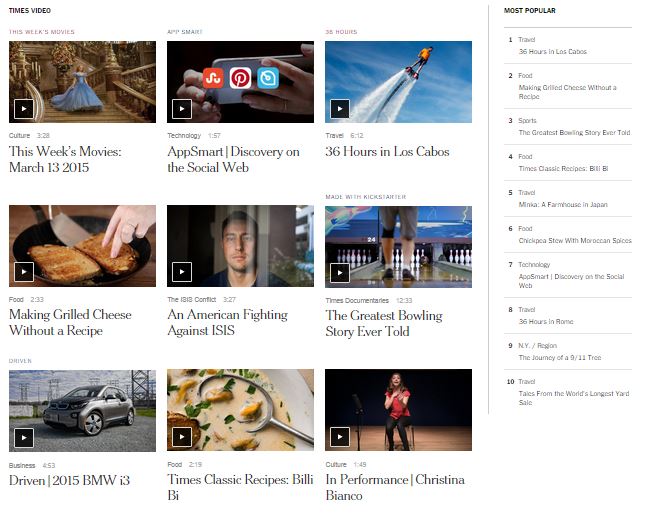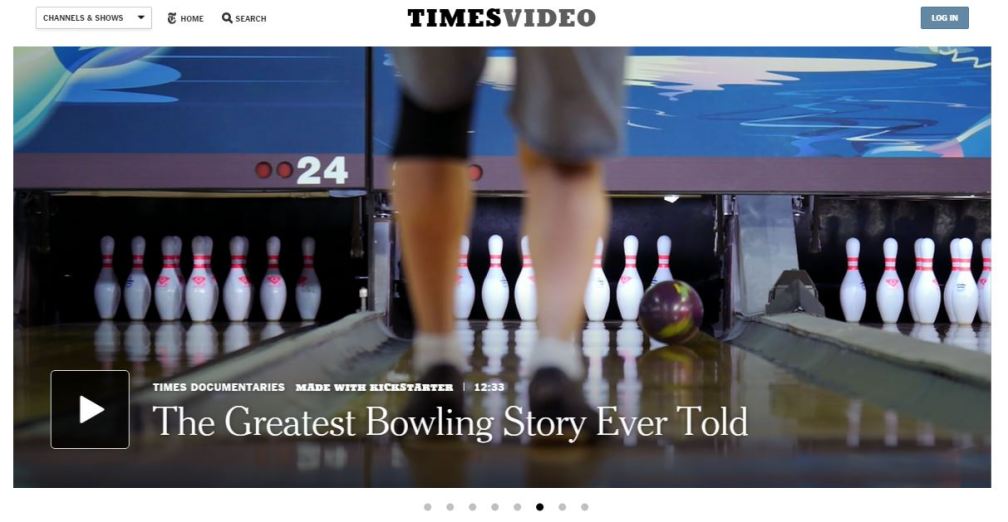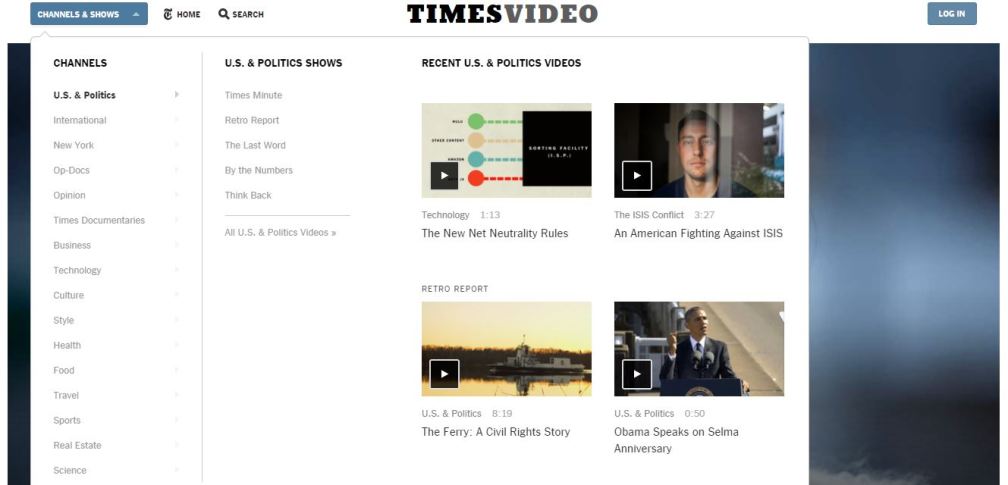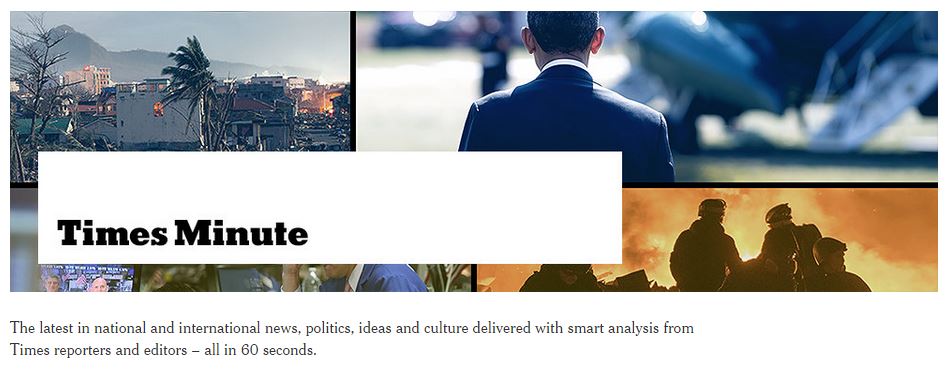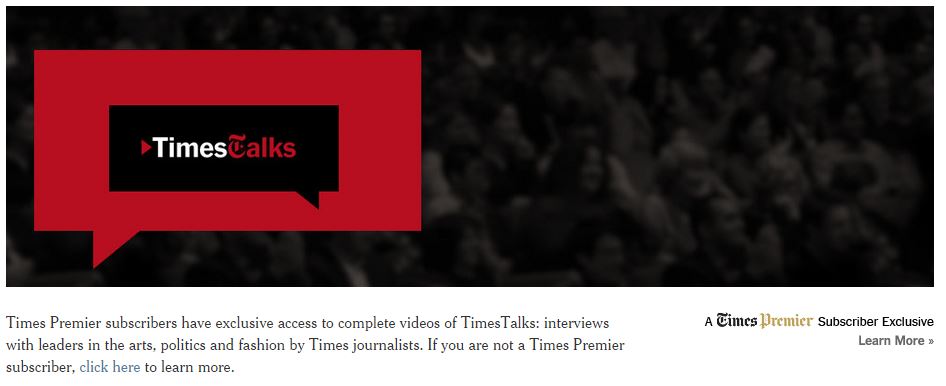When junior Joseph Dominic Carrabino—forward right wing for the Boston University hockey team—steps onto the ice before the start of a game, the last thing on his mind is the risk of head injury. But he has to be careful not to violate the new rules protecting players’ head safety.
“What was once a legal hit is no longer a legal hit,” said the 6-foot-6-inch, 230 pound Carrabino.
In recent years, the National Collegiate Athletic Association (NCAA) has cracked down on penalties involving contact to the head and neck in response to emerging Chronic Traumatic Encephalopathy (CTE) research evidence correlating this disease to involvement in aggressive sports.
“CTE is a neurodegenerative disease that is caused in part by repeated head impacts,” said Julie Stamm, doctoral candidate pursuing her degree in anatomy and neurobiology in the Division of Graduate Medical Sciences (GMS) at Boston University. “CTE is the only neurodegenerative disease that’s really preventable because we know that if you don’t hit your head, you’re not going to get it.”
The routine hits that occur across contact sports like hockey and football have raised complaints and concerns in retired athletes who have reported suffering the permanent consequences of brain damage later in life.
Deceased athletes whose brains were found to have the disease reported experiencing memory loss, confusion, impaired judgment, impulse control issues, aggression, depression, and progressive dementia prior to death. These symptoms are associated with CTE brain degeneration; however, at this time the disease can only be identified in examining the brain postmortem.
The growing prevalence of concussion-related diseases and conditions like CTE among athletes has pressured the sports industry to act in account for these health risks and player safety.
“Each year, more than 300,000 sports-related concussions (SRC) occur across all sports and all levels in the United States, according to a 2013 ‘Ice Hockey Summit II’ report … The report’s authors advised the elimination of head hits from all levels of hockey, a change in body-checking policies and the elimination of fighting in all amateur and professional hockey. ‘Ice hockey SRC prevalence is high,’ the report states. ‘Hockey players compete at high speeds as they mature, risking injury from intentional and accidental collisions, body checks, illegal on-ice activity and fighting.'” —Youth hockey brain imaging study suggests early marker for concussion damage (University of Vermont)
In addition to NCAA improvement of game rules and regulations, universities like Boston University have taken their own strides to address the serious risks of head trauma. Increased concussion awareness and management have been seen in the BU athletic department, especially in sports like hockey.
Players for the BU hockey team must go through an education process on concussions and other head injuries when entering the athletic program.
“Then we have to go through what is called impact testing,” said Carrabino. “As freshman we are kind of exposed to some education, and I’ve been exposed to it through my junior career.”
The players also have to sign a waiver agreeing to report if they see a teammate demonstrating symptoms of a concussion.
“Before the season, a doctor comes in and talks about the concussions, how to treat them and how to recognize if other players [have] a concussion,” said junior Ahti Oksanen, forward for the BU hockey team.
The movement to spread awareness of CTE and its severity is stronger than ever, leaving some players like Carrabino to believe this may cost them more time off the ice.
“The awareness has been, you know… I would say it’s almost gone too far, but that’s just because I’m the athlete and I want to be out there,” said Carrabino. “But for the safety of us, I think it’s advanced to a safe point.”
Stamm, GMS graduate student, clarifies that is important to promote ongoing concussion awareness and management; however, the goal of CTE research is not to discourage people from playing sports.
“I think it’s incredibly important because we know how to prevent it,” said Stamm. “We know at least don’t hit your head. We don’t know if there is a threshold, but we know there are steps we can take to make sports safer … Sports are a very important part of our lives and we want to keep it that way, but people should not have long-term deficits form playing these sports.”
Recent rule adjustments in college-level sports were implemented with a clear intent to limit the risk of head injury. Some athletes like Carrabino do not see the need for the NCAA and university athletic departments to take further action on this issue, but Oksanen anticipates the approval of more rule changes in coming years.
“They’re focusing a lot on the hits to the head … You get longer penalties than you used to get 5 years ago,” said 6-foot-3-inch, 203 pound Oksanen. “I think there will be new changes too, like the rules, but I can’t say what they will be.”
Although athletes understand the potential health risks of playing contact sports long-term, leading the longest career possible and staying in the game remains their first priority, despite the heightened attention surrounding CTE. Oksanen is one of the many college athletes who wants to play his sport as long as he can.
“I think everyone knows the risks, but people like playing hockey,” said Oksanen, who hopes to play hockey professionally. “People know the risks, I know the risks, but I just love playing hockey … Playing hockey is more important to me. Of course everyone wants their career to be as long as possible. I wouldn’t think about retiring earlier because of CTE. I think every hockey player’s dream is to play as long as they possibly can.”
For Oksanen, who has been playing hockey since he was 5, and Carrabino, who started playing at 4, hockey has become their lives. At this stage in their athletic career, their passion for the game is greater than the concern of future health issues, especially when entering the rink.
“The way I see it, the enjoyment of playing outweighs the thought of the risk of injury,” said Carrabino. “That’s not really something you think about before going into a game.”
The BU hockey coaches were unavailable to comment at this time.
